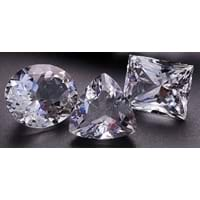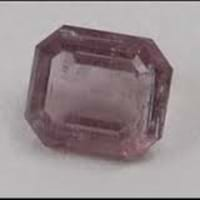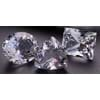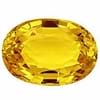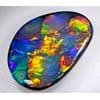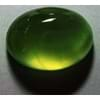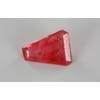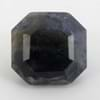Petalite and Anhydrite Physical Properties
Physical Properties
Tenacity
Brittle
Brittle
Solubility
insoluble
Not Available
Durability
Not Available
Not Available
Specific Gravity
2.40
2.90-2.98
Fracture
Subconchoidal, ConchoidalWalter Schumann, Gemstones of the world (2001) More from other references, Brittle, Conchoidal
Conchoidal, Brittle, Conchoidal, UnevenArthur Thomas, Gemstones (2009), Brittle, Conchoidal
Cleavage
Perfect on {001}, poor on {201} with 38.5° angle between the two
Rare tabular and prismatic crystals. Usually occurs as fibrous, parallel veins that break off into cleavage fragments.
Mohs Hardness
6-6.5
3.5
Chemical Composition
LiAlSi 4O 10Michael OâDonoghue , Gems, Sixth Edition (2006) More from other references
CaSO 4Michael OâDonoghue , Gems, Sixth edition (2006) More from other references
Petalite and Anhydrite Chemical Formula
While comparing Petalite and Anhydrite physical properties, the important data you should know is its chemical composition. Since chemical formula defines the molecular structure of the crystal, most of the physical properties like color, tenacity, solubility are governed by Petalite and Anhydrite chemical formula.
- Chemical formula of Petalite- LiAlSi 4O 10Michael OâDonoghue , Gems, Sixth Edition (2006) More from other references
- Chemical formula of Anhydrite- CaSO 4Michael OâDonoghue , Gems, Sixth edition (2006) More from other references
Petalite and Anhydrite Specific Gravity
Another important criteria for qualitative analysis of gemstones is Petalite and Anhydrite Specific gravity. Specific gravity is the relative density of a gemstone compared with respect to density of water. Gemologists use Petalite and Anhydrite Optical Properties during the identification of gemstone. Specific gravity of Petalite is 2.90-2.98 whereas that of Anhydrite is 2.90-2.98.
